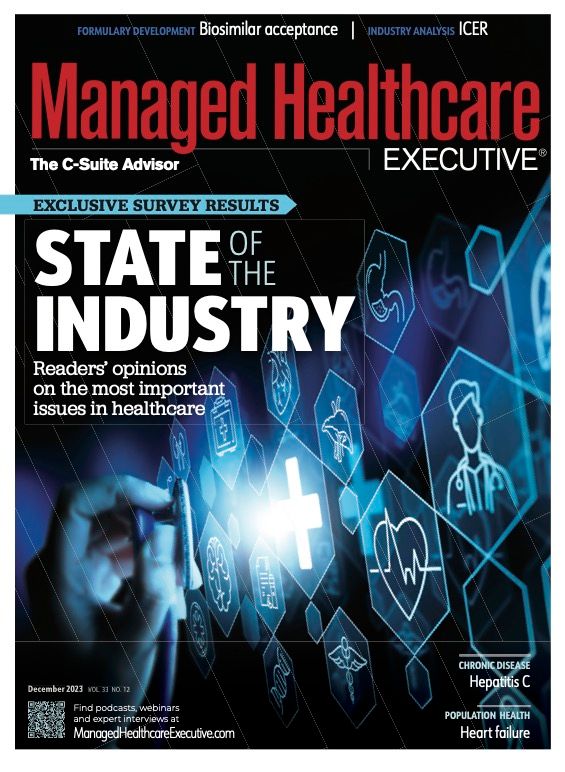ICER: More Transparency of Drug Coverage Policies Needed
ICER’s first scorecard of the barriers to fair access to medications found, of the policies that could be reviewed, most were structured to support fair access to medications.
To understand what fair access to medications looks like, the Institute for Clinical and Economic Review (ICER) aimed to evaluate 28 drugs that the organization felt were fairly priced across 15 of the largest commercial formularies in the United States.
But ICER reviewers found that they weren’t able to evaluate all of the criteria across all of the payers because not all policies were available. Of the payer policies available for review, most were structured to support fair access to medications.
This, ICER officials said, indicates a need for more transparency in how insurance companies implement their drug coverage policies.
Steven D. Pearson, M.D.

“As U.S. drug pricing continues to drive national headlines, it is equally important that everyone have a clear picture of what fair access looks like, and how to hold health plans and PBMs accountable when restrictions are unreasonable,” ICER’s President Steven D. Pearson, M.D., said in a statement. “Insurance coverage done right uses evidence and input from clinical experts and patients to ensure appropriate clinical use of health care interventions.”
ICER had previously developed a set of appropriateness criteria for medication coverage that were published in a 2020 white paper. For the current analysis, ICER aimed to evaluate concordance of payer coverage policies for fairly priced drugs with the fair access criteria presented in the white paper. They assessed fair access criteria for cost sharing, clinical eligibility, step therapy, and prescriber restrictions.
ICER used MMIT Network, a proprietary database of formulary coverage information, to evaluate 28 drugs that the organization felt was fairly priced across 15 of the largest commercial formularies in the United States. MMIT Network is a repository of open-source data including e-prescribing, physician educational channels, long-term care and other pharmacies, pharmaceutical manufacturers, and health plans and PBMs.
But ICER reviewers were unable to assess the full set of information for all drugs for all insurers. The database used did not include all policies or coverage, tiering information or prior authorization and step policies could not be determined for all insurers. Additionally, tiering was used to assess out-of-pocket expenses for patients, but ICER indicted that may not take into account the variety of copayment/coinsurance programs.
From the data available, ICER identified 70 drug-formulary policies in which both pharmacy and medical coverage information were available out of a possible 420 drug-formulary combinations. In 67 (96%) of these dual coverage cases, the concordance rating was consistent for all fair access criteria across the pharmacy and medical policies.
ICER will host a webinar in Dec. 3, 2021, to discuss policy implications of this assessment.
The drugs and insurers that were reviewed are available here.
David Calabrese of OptumRx Talks New Role, Market Insulin Prices and Other Topics 'On His Mind'
April 13th 2023In this month’s episode of the "What's On Your Mind podcast," Peter Wehrwein, managing editor of MHE connects with the now Chief Clinical Officer of OptumRx Integrated Pharmacies, David Calabrese. In this conversation, David touches on his transition in January as OptumRx’s former chief pharmacy officer and market president of health plans and PBMs to his new role as Chief Clinical Officer where he now focuses more on things such as specialty pharmacy to home delivery — with an overall goal of creating whole-patient care. Throughout the conversation, Calabrese also touched on the market’s hot topic of insulin prices and behavioral health services within the OptumRx community, among other topics.
Listen
